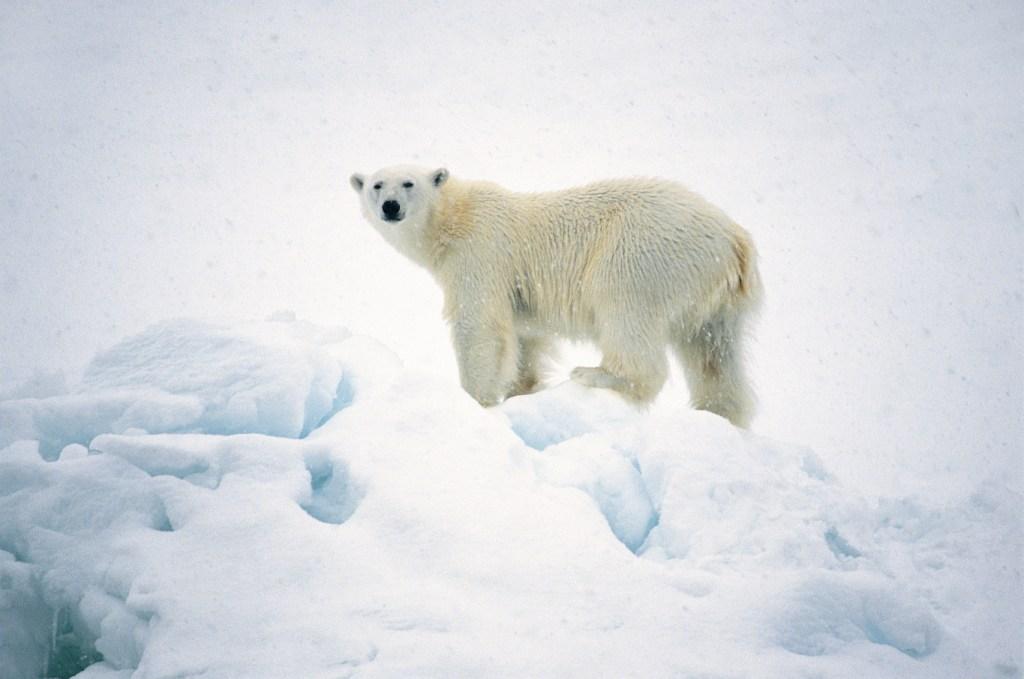Humans are walking on thin ice with climate change!
05 February 2015
When you think of satellites, you might think of space telescopes like Hubble. But many satellites are actually pointing towards the Earth, helping us to better understand the world we live in and even improve our daily lives.
There are weather satellites that help us prepare for an incoming storm or simply to remember our sun cream on a hot day. Communications satellites keep us connected with people all over the world through telephones and the Internet. And then there are satellites like ESA’s Sentinel-1A and CryoSat that have been monitoring Arctic ice caps.
These two satellites have discovered that one of the ice caps, called ‘Austfonna’, has become 50 metres thinner in the last 2 years. (That means it’s lost twice the height of Buckingham Palace!)
Ice caps are huge sheets of ice that lie at Earth’s North and South poles. The caps don't melt and re-freeze seasonally, but they can grow and shrink due to changes in the climate. For example, during ice ages the polar caps grew much larger. But at the moment, the polar ice caps are shrinking, most likely because of global warming caused by humans.
This means that ice has turned to water and run into the oceans, causing sea levels to rise. Rising sea levels means more flooding and less land for us to live and grow food on! This is why studies by Earth monitoring satellites that can help us find out why the ice caps are melting and how it will affect us in the future are so important.





